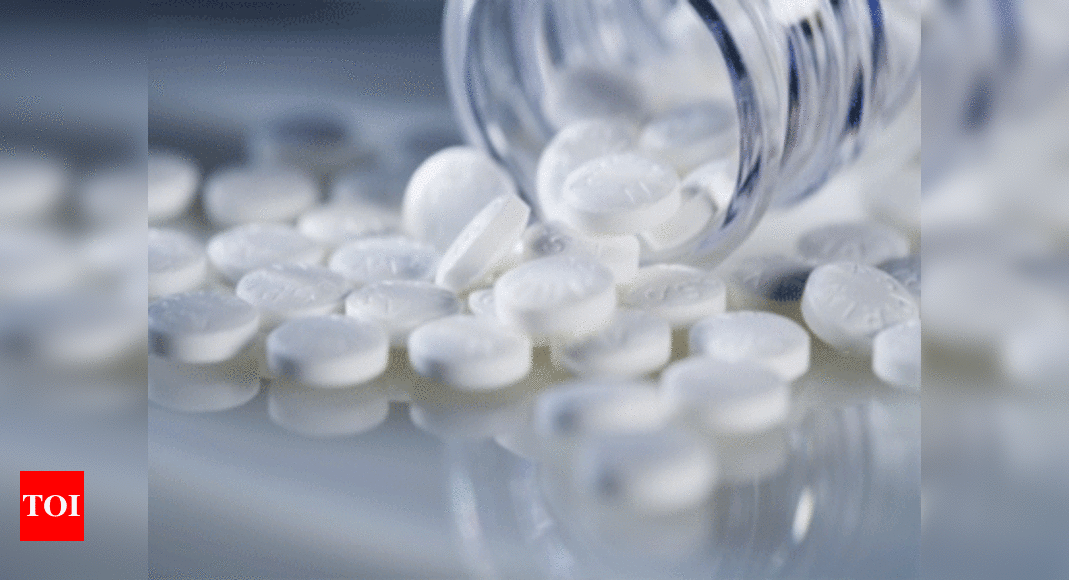
In 2014, over 24,000 cases of salicylate exposure were reported to United States Poison Control Centers. Ingestions of 150-300mg/kg tend to be mild-moderate in severity while those of 300-500mg/kg are considered serious. Patients with chronic toxicity tend to have milder GI symptoms but more prominent neurologic symptoms.įor non-enteric aspirin, acute ingestion of less than 150mg/kg usually causes minimal toxicity whereas doses of more than 500mg/kg are potentially lethal. Acidosis is an ominous sign and may herald the onset of dramatic changes in clinical status, including hemodynamic instability (tachycardia and hypotension), arrhythmias, pulmonary edema, lethargy, hallucinations, seizures, or coma. Decreased blood pH leads to increased distribution of salicylate into the central nervous system. However, metabolic acidosis from build-up of lactic acid becomes the predominant acid-base disorder later in the course of toxicity.

Fever, sweating, dizziness, or restlessness may be present.Įarly in the course of overdose, these symptoms may be mild, and respiratory alkalosis is the main acid-base disturbance. GI symptoms include nausea, vomiting, epigastric pain, and bleeding (usually hematemesis).

Hyperpnea (deep and rapid breathing) tends to be more common than just tachypnea as the cause of increased minute ventilation. The classic presentation of the aspirin toxic patient is the triad of hyperventilation, tinnitus, and gastrointestinal (GI) irritation.


 0 kommentar(er)
0 kommentar(er)
